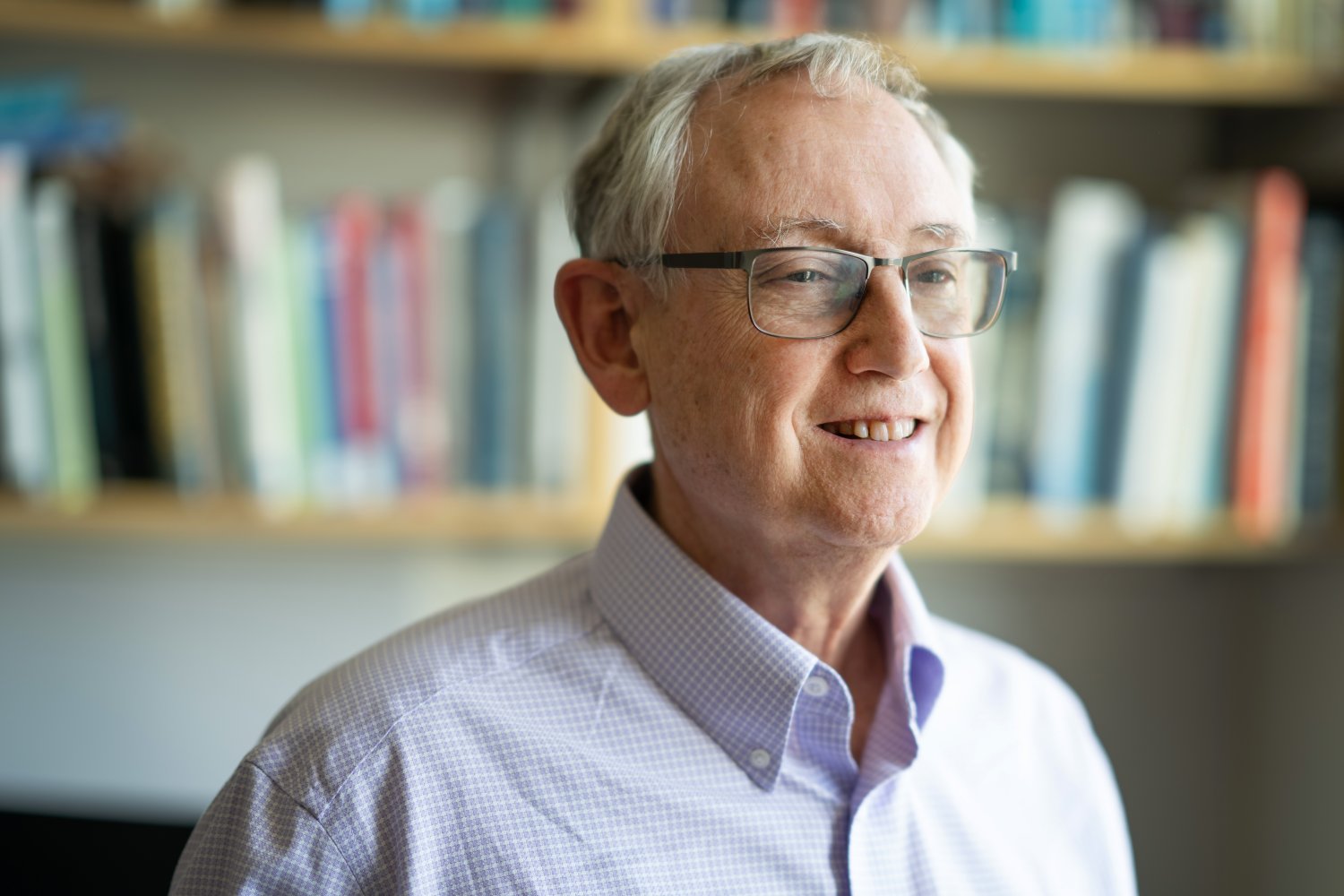MIT’s Laboratory for Economic Analysis and Design (LEAD) has been awarded a 400,000-euro grant from the Deutsche Gesellschaft für Internationale Zusammenarbeit (GIZ) GmbH, a German service provider focused on international cooperation for sustainable development and international education. The grant aims to create knowledge sharing opportunities for central bank leaders and help low- and middle-income countries (LMICs) design and scale central bank operations and digital public infrastructure (DPI).
“Increased research between leading economists and computer scientists is critical, and an equal exchange between academics and central bankers is required to mitigate the risks and realize the innovative potential of this emerging field,” says LEAD director Robert M. Townsend, the Elizabeth and James Killian Professor of Economics, who is principal investigator for the funded project.
Townsend will combine computer science, economic theory, and data to help LMICs implement projects while centering them in central bank digital currency (CBDC) and DPI research.
“For such systemic technologies, large-scale interdisciplinary research is rare,” notes Shira Frank, director of Maiden Labs, a research organization with which LEAD intends to collaborate through the grant. “This collaboration aims to change that.”
Townsend is an expert in developmental economics, economic theory, and macroeconomics. He is known for his influential work on costly state verification, the revelation principle, optimal multi-period contracts, decentralization of economies with private information, models of money with spatially separated agents, forecasting the forecasts of others, and insurance and credit in developing countries. He is also a research associate at the National Bureau of Economics, a member of the National Academy of Sciences, and the only two-time winner of the Frisch Medal.
Research and participant focus
The grant, which funds the project through June 2025, will help create opportunities for LMIC leaders to engage in research and collaboration among policymakers, technologists, and economists.
The pilot program aims to produce:
- in-depth research collaborations with two to three LMIC central banks;
- a series of peer-knowledge exchange workshops with 10-20 LMICs;
- a published CBDC and DPI curriculum for central banks, integrating research from economics, computer science, and user research; and
- a published report of research findings.
“We want LMICs to lead the charge into information sharing and technological infrastructure scaling alongside subject matter experts,” Townsend said. “It’s important to meet LMIC leaders where they are.”
Rapid changes to digital tools and the infrastructure necessary to implement, monitor, and protect them will require reliable, effective products. These can include smart contracts, which are open access digital agreements to be signed and stored on a blockchain network; distributed ledgers, platforms that use ledgers stored on separate, connected devices in a network to ensure data accuracy and security; and, encryption, which is necessary to protect electronic data from intrusion and capture and safeguard transmission by reducing exposure to bad actors.
Outcomes
The program hopes to contribute to the development of flexible financial wholesale platforms for use in improving both financial operations in LMICs and the operation of high-valued asset markets. Townsend also hopes to help participants investigate and establish digital transmission infrastructure in countries that primarily communicate and encrypt communications on mobile device networks at the retail level. The distinction between legacy communications infrastructure and mobile data transmission is blurred with new technologies.
“We want to increase interest and investment in these countries’ financial well-being,” Townsend said. “If we can identify the best learning model, this work offers multiple opportunities to foster collaboration among global financial partners.”

